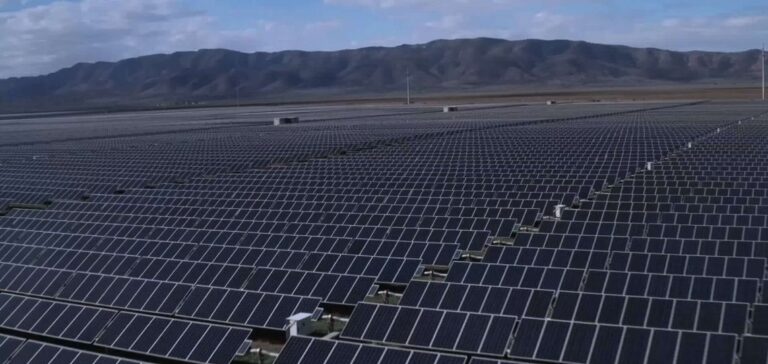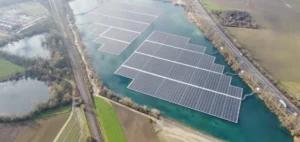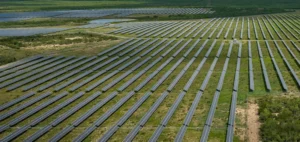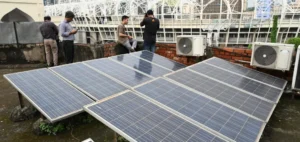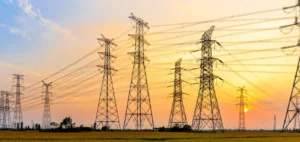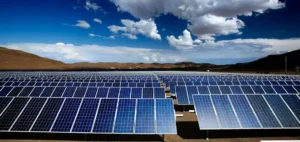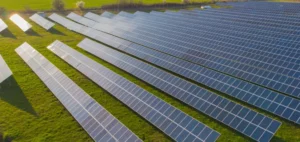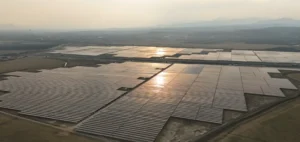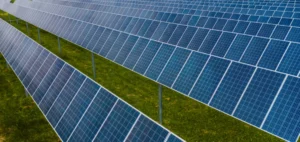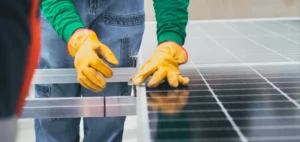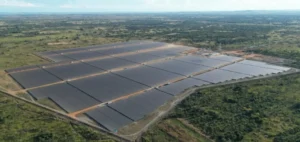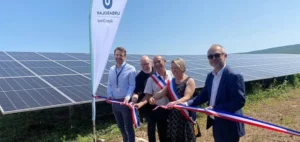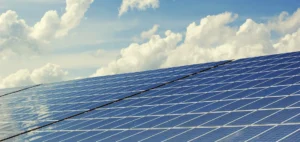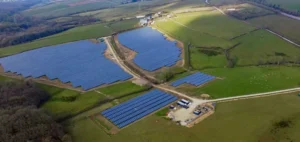Consumers Energy has unveiled a large-scale solar project in Kalamazoo County, near Richland Township. Set to be operational in 2027, Liberty Farms Solar is expected to generate 220 megawatts (MW), equivalent to the annual consumption of 52,000 households. Construction of the site will begin in 2026.
A project integrated into Consumers Energy’s strategy
The development of Liberty Farms Solar is part of Consumers Energy’s Clean Energy Plan, which aims to install more than 8,000 MW of renewable energy by 2040. The company plans to phase out coal use as early as 2025 and is targeting carbon neutrality.
David Hicks, vice president of clean energy development at Consumers Energy, emphasized the competitiveness of solar energy, which would provide reliable power at a controlled cost without reliance on fossil fuel plants.
Economic impacts and local involvement
The project is expected to generate local economic benefits, particularly through personal property taxes that will support local communities, the county, and schools. These tax contributions will extend over the 30-year operational lifespan of the solar farm.
Bear Priest, Richland Township supervisor, welcomed the collaboration with Consumers Energy, stressing the importance of a project developed in consultation with local stakeholders. The company favors discussions with local authorities rather than seeking direct approval from the state.
An evolving energy market
The energy transition in the United States is driving electricity providers to accelerate investments in renewable energy. With an energy portfolio serving 6.8 million Michigan residents, Consumers Energy continues to diversify its energy mix to adapt to new market and regulatory requirements.
The Liberty Farms Solar project exemplifies the growing role of solar power in energy providers’ strategies as the industry seeks to balance profitability and supply stability.

